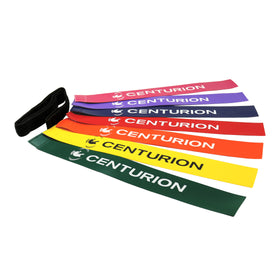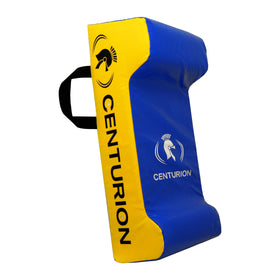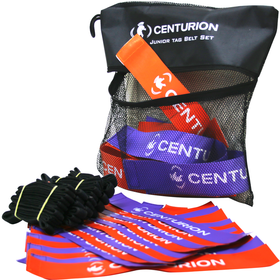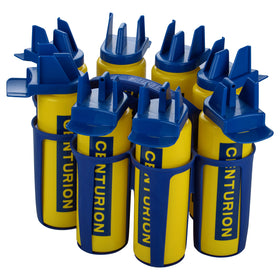Rugby Blog
Guide To Utilising Rugby Tackle Bags
by Leana Kell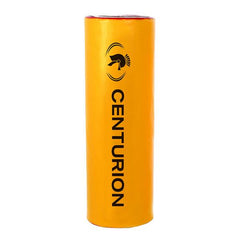
Rugby tackle bags are a useful piece of rugby training equipment, providing rugby players with the chance to improve their tackling skills.
Centurion sells a selection of rugby tackle bags available in different sizes and weights to suit player's individual needs, from Jumbo Rugby Tackle Bags to Mini Rugby Tackle Bags, we can cater to all of your rugby requirements both on and off the pitch.
Once you've purchased a rugby tackle bag, it is important to learn how to use it correctly in order to get the most out of your training. Below, we offer a short guide on how best to utilise your rugby tackle bag.
Tackling drills
Before attempting to hit the bag, players should ensure they have at least one if not both feet firmly on the ground. This is to prevent players from diving into the bag. Players should make maximum use of the tackle bag's surface by hitting the whole of the bag and driving in at different heights. If your bag is branded, you can use the letters to help aim at different heights.
Carrying the bag
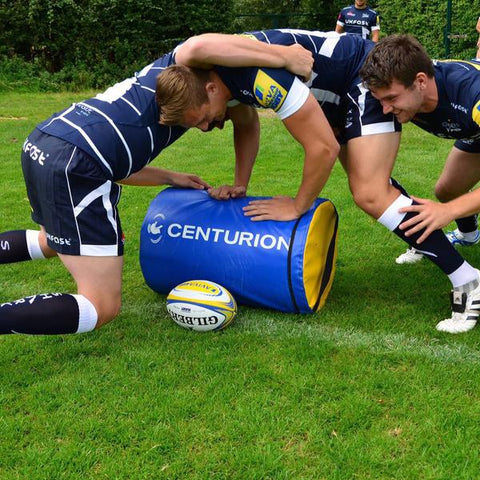
Carry the bag tackling occurs when one player 'carries' the bag forward while the second player drives into it. The advantage of this type of tackle is that it becomes more forceful . Like on the rugby pitch, a tackler is faced with a moving target and will need to adjust their tackle accordingly.
Plyometrics
Plyometrics, also known as "jump training", are exercises in which muscles exert maximum force in short intervals of time, with the goal to increase speed-strength. As part of a plyometric drill session, rugby tackle bags can be laid on their side to become wide hurdles. Players can then bounce over the tackle bag using one or two feet.
Simulation
Tackle bags can be used to simulate a tackled body that needs to be stepped over in order to drive. Placing defenders on either side of the bag with tackle shields can promote better body positions. Tackle bags can also be used to simulate a turnover ball from a good tackle. Place a ball on top of the bag, then practice recovering the ball as quickly as possible and moving with it to another training drill.
The shoulder turn
Two players stand close together and hold up two tackle bags. This produces a narrow gangway for a ball carrier to try to get through. Players should practice the shoulder turn to get through the gap. This involves turning the body so the shoulders become a thinner obstruction. This will help a player to ease through the gap and promotes better balance and a better position for offloading the ball.
Ball drills
Place the tackle bag on its side. Players approach the bag from its bottom end with a ball. Players then dive on top of the bag in an attempt to quicken their reactions once they've landed, to either hand the ball to another player or recover it to carry on themselves. Players can also place a ball next to the Rugby Tackle Bag and practice reaching over to pick the ball up. Standing on one foot will provide a stronger base.
Warming up drills
Tackle bags can be carried by players during warming up rugby training drills. Players can perform relay races against two or three players being careful not to let the bag drag on the floor. Players can also set up cones placed 1,2 and 3 metres away from the tackle bag. Player one holds the tackle bag whilst player 2 hits it then retires to the first cone before hitting it again then retiring to the second cone, and so on.

